Recently, many localities in Vinh Long province have taken advantage of opening sluices to let water bring alluvium into the fields. This not only welcomes alluvium, removes acidity and washes away alum, increasing the fertility of the fields, but also brings aquatic resources, helping people have more livelihoods.
A chance for the land to "rest"
Flood discharge to collect alluvium is a necessary task during the flood season after each autumn-winter crop. This is even more important during this year's flood season, because according to experts, the amount of alluvium from upstream to the Mekong Delta rivers is higher than the average of many years.
Depending on irrigation conditions and crop schedules, the provincial agricultural sector coordinates with localities to operate sluices and dams to support farmers in releasing water into their fields to improve soil, increase fertility, and isolate pests in the fields.
For example, in Binh Tan district, a locality in Vinh Long province, about 6,000 hectares of rice and vegetable fields have been flooded. In Tam Binh district, the largest rice-producing area in the province, the agricultural sector said it will release floodwaters and soak the entire rice fields after the autumn-winter rice harvest, covering nearly 11,000 hectares.
The agricultural sector of the districts said that after harvesting, farmers plow the land, drain the floodwaters, and soak the fields, allowing floodwater to flow in to clean the fields and deposit more alluvium.
The opening of the fields to receive flood water is carried out within 1 month, after which the winter-spring crop will be produced. The farmers highly agree on the release of flood water to get alluvium, because of the benefits of providing alluvium, improving the soil, destroying pathogens, helping the rice plants grow well, and reducing the cost of land improvement in the next rice crop.
Ms. Tran Thi My (Nguyen Van Thanh commune, Binh Tan district, Vinh Long province) said: "I have 4 hectares of rice fields. After the third harvest, I release water into the fields and soak them for about 1.5 months.
Thanks to this practice for many years, I have reduced my fertilizer investment costs by about 20% for the next crop. In addition, the soil is also cleansed of pesticide toxins and pathogens, helping the next crop to yield even more bountiful harvests."
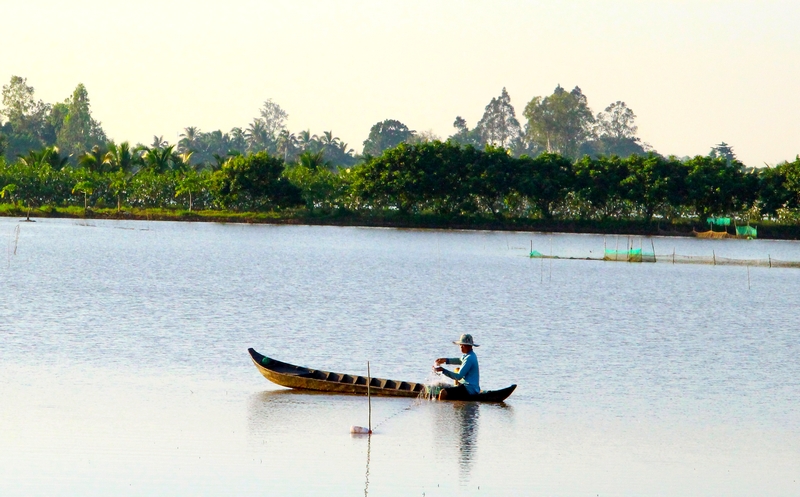
Flood discharge into fields brings many benefits to farmers in Vinh Long province.
Mr. Tran Van Luom (Phu Thinh commune, Tam Binh district) also said: "If I release water into the field, the next crop will have more alluvium, the rice will be very good, I also reduce about 20-30% of the cost of urea fertilizer because of the alluvium."
Ms. Tran Thi Hong Nga - Vice Chairman of the People's Committee of Nguyen Van Thanh Commune (Binh Tan District) said: "For many years, after the Autumn-Winter rice crop, the locality has mobilized and people have agreed to release the flood. Because it brings many benefits to farmers.
Thanks to the flood discharge, the land is allowed to rest and toxins accumulated in the soil are washed away. The water also brings alluvium to the rice fields, contributing to maintaining soil fertility, thereby helping farmers reduce the use of fertilizers, pesticides, and reduce environmental degradation, soil, water, etc.
This is also an opportunity for farmers to let their land “rest”. Socially, this policy has the consensus of farmers, changing awareness about production practices to adapt to climate change.
Mr. Le Van Chien - Deputy Head of the Department of Agriculture and Rural Development of Tam Binh district, also said: For areas that do not grow the third crop, the district encourages farmers to discharge water to get alluvium to let the straw decompose.
As soon as the autumn-winter rice production areas have finished harvesting, the fields are cleaned and the soil is tilled to release water and collect alluvium to prepare for the next crop.
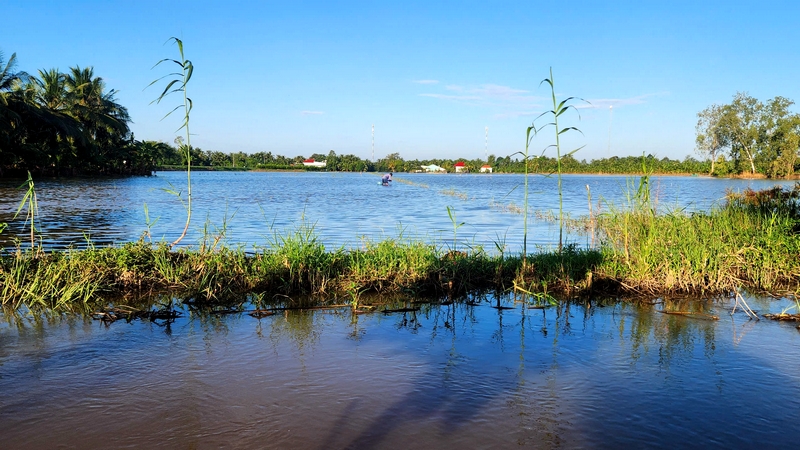
Water brings alluvium to the fields and aquatic resources including freshwater fish, freshwater eels, freshwater snails... helping people in the flood discharge area of Vinh Long province have more livelihoods.
According to previous years' assessments, flood discharge and field soaking, in addition to increasing the fertility of the fields, helping to significantly reduce the amount of fertilizer in the next Winter-Spring crop, also create aquatic resources in the fields. Farmers who catch fish during this time can use it as food or sell it to increase their income.
More income from aquatic resources
According to many farmers, in addition to watering the fields to get alluvium, aquatic resources have also developed, people catch and sell them, contributing to a fairly high income. The types of fish caught are usually snakehead fish, climbing perch, tilapia, white catfish, snakehead fish, eel, with prices ranging from 20,000 to 90,000 VND/kg, depending on the type.
While unloading the net, Mr. Vo Tuyet Linh (Phu Thinh commune, Tam Binh district) said: "Since the beginning of the flood season, I have been setting up nets and pulling the rods for nearly a month. I sell all kinds of fish for 80,000 VND/kg, earning about 500,000-600,000 VND/day."
Having just finished pushing the clutch, Mr. Le Van Ut (Nguyen Van Thanh commune, Binh Tan district) said: "During the flood season, it is very easy to catch fish. Just need to carry the clutch to the field for a session to earn a few hundred thousand dong or have fish to eat for a whole week.
People here are also very conscious when it comes to fishing. They only catch big fish and release small fish to regenerate the resource. If we catch them all, there will be no fish left to reproduce and catch again next season.
According to Ms. Tran Thi Hong Nga, during the flood season, when the flood is released, in addition to the benefits for the fields, it is also the time when people exploit and catch fish (spread nets, set hooks, set traps, etc.) to improve their meals and sell them to earn more income. For about 2 years now, the amount of aquatic products entering the fields has begun to increase more than before.
Mr. Nguyen Hoang Giang - Director of Vinh Long Province Hydrometeorological Station: Since storm No. 3, the floods in Central Vietnam, the North, upper Laos and Thailand have been more severe, so the amount of alluvium has also been greater than in 2023. Through experience in monitoring, sampling and calculating data, we have found that this year the amount of alluvium in the delta is very large. We recommend that people in the fields have the conditions to bring water into the fields to increase the amount of alluvium. Because flood conditions are different every year, this year if possible, try to open the water into the fields to improve the fields.
Source: https://danviet.vn/xa-nuoc-tran-dong-don-phu-sa-dan-vinh-long-ra-bat-ca-sat-ca-ro-dong-ca-tre-ca-loc-ban-hut-hang-20241113235301976.htm


![[Photo] Close-up of Tang Long Bridge, Thu Duc City after repairing rutting](https://vphoto.vietnam.vn/thumb/1200x675/vietnam/resource/IMAGE/2025/5/19/086736d9d11f43198f5bd8d78df9bd41)
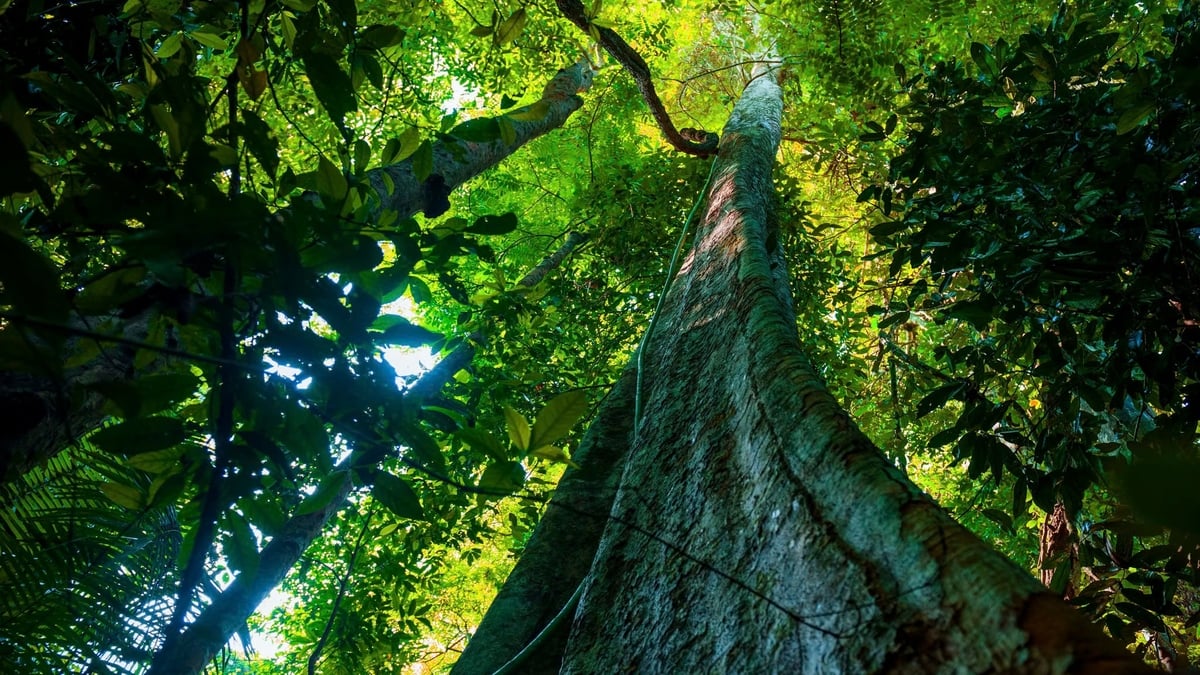
![[Photo] General Secretary To Lam attends the conference to review 10 years of implementing Directive No. 05 of the Politburo and evaluate the results of implementing Regulation No. 09 of the Central Public Security Party Committee.](https://vphoto.vietnam.vn/thumb/1200x675/vietnam/resource/IMAGE/2025/5/19/2f44458c655a4403acd7929dbbfa5039)
![[Photo] Panorama of the Opening Ceremony of the 43rd Nhan Dan Newspaper National Table Tennis Championship](https://vphoto.vietnam.vn/thumb/1200x675/vietnam/resource/IMAGE/2025/5/19/5e22950340b941309280448198bcf1d9)
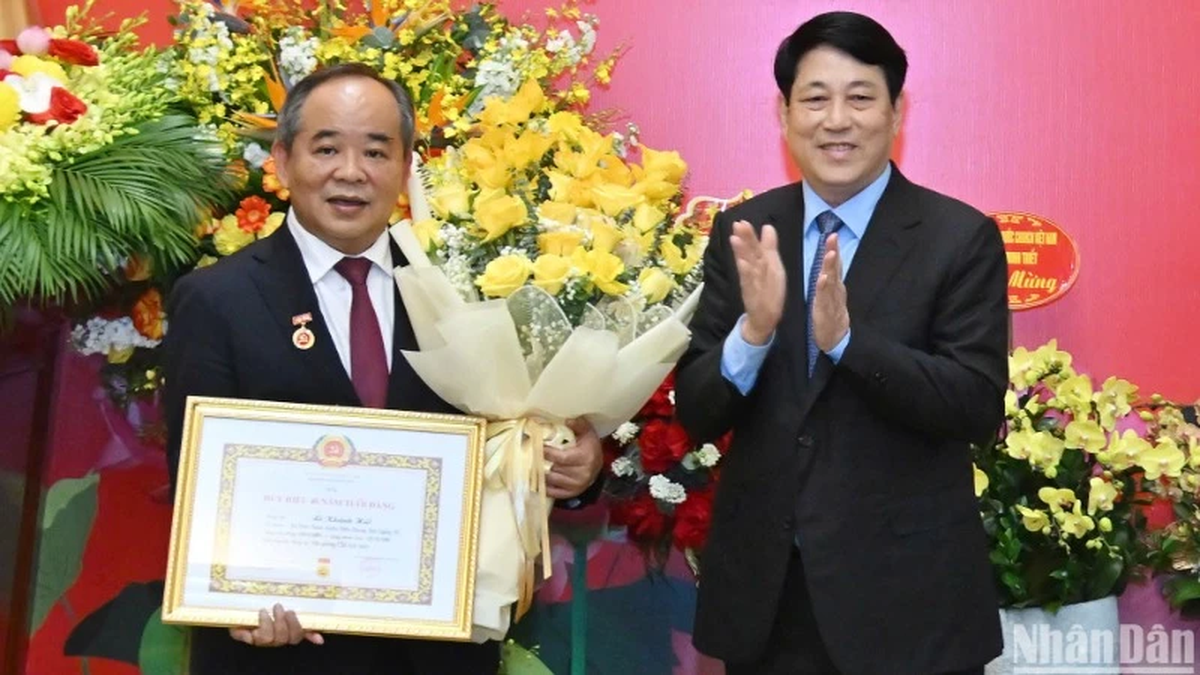
![[Photo] President Luong Cuong presents the 40-year Party membership badge to Chief of the Office of the President Le Khanh Hai](https://vphoto.vietnam.vn/thumb/1200x675/vietnam/resource/IMAGE/2025/5/19/a22bc55dd7bf4a2ab7e3958d32282c15)
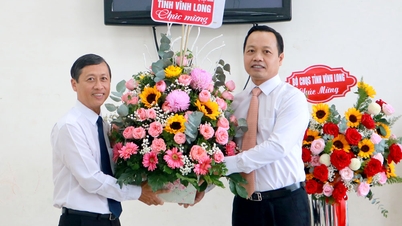


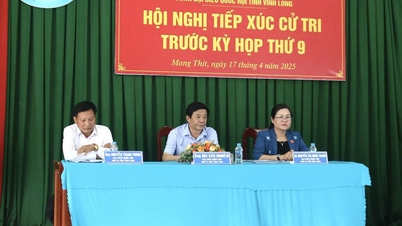

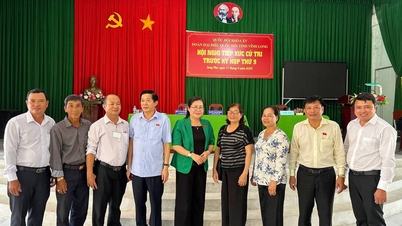

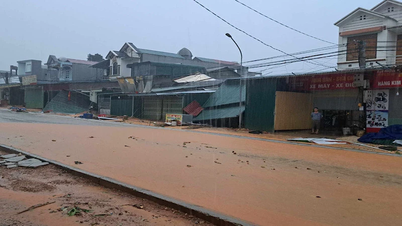



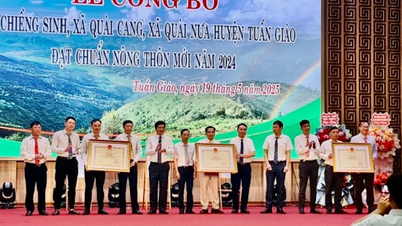
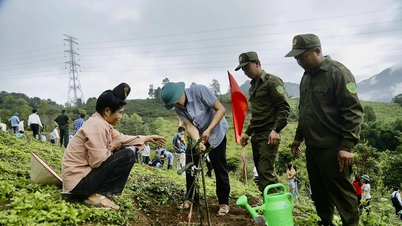
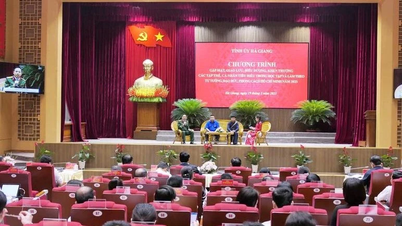




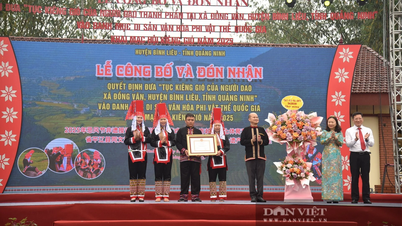
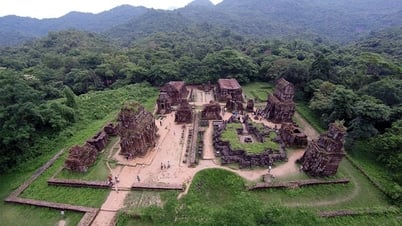
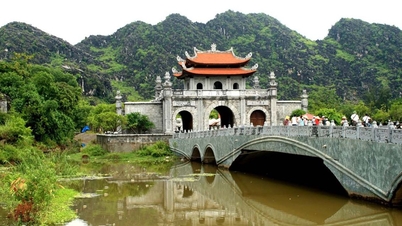
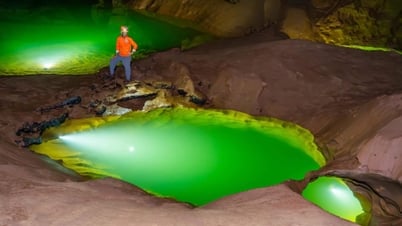
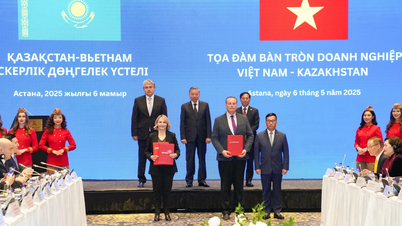

![[Photo] Prime Minister Pham Minh Chinh inspects the progress of the National Exhibition and Fair Center project](https://vphoto.vietnam.vn/thumb/1200x675/vietnam/resource/IMAGE/2025/5/19/35189ac8807140d897ad2b7d2583fbae)
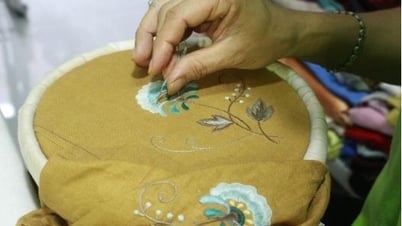







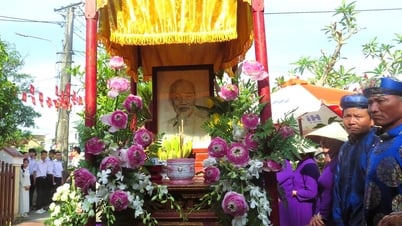
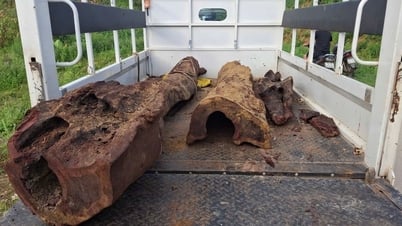










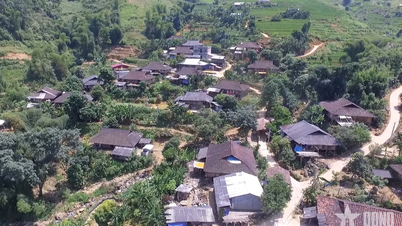



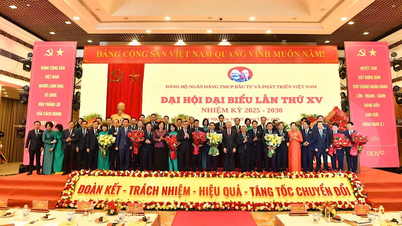




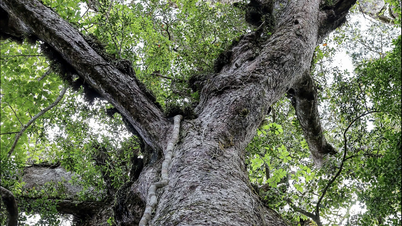

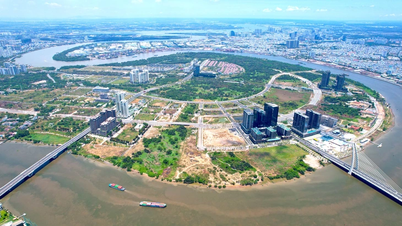
















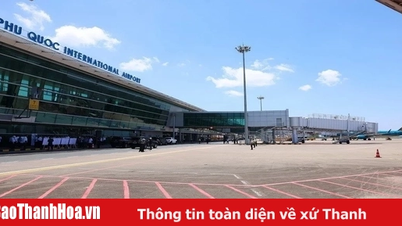









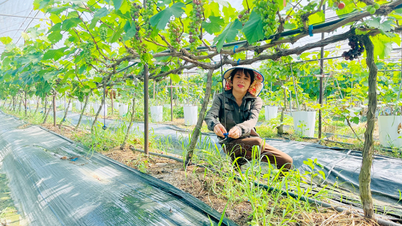



![[VIDEO] - Enhancing the value of Quang Nam OCOP products through trade connections](https://vphoto.vietnam.vn/thumb/402x226/vietnam/resource/IMAGE/2025/5/17/5be5b5fff1f14914986fad159097a677)


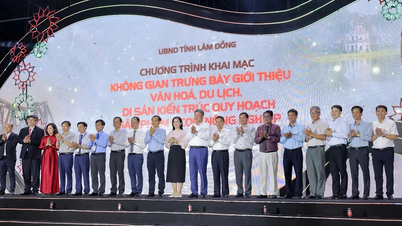


Comment (0)